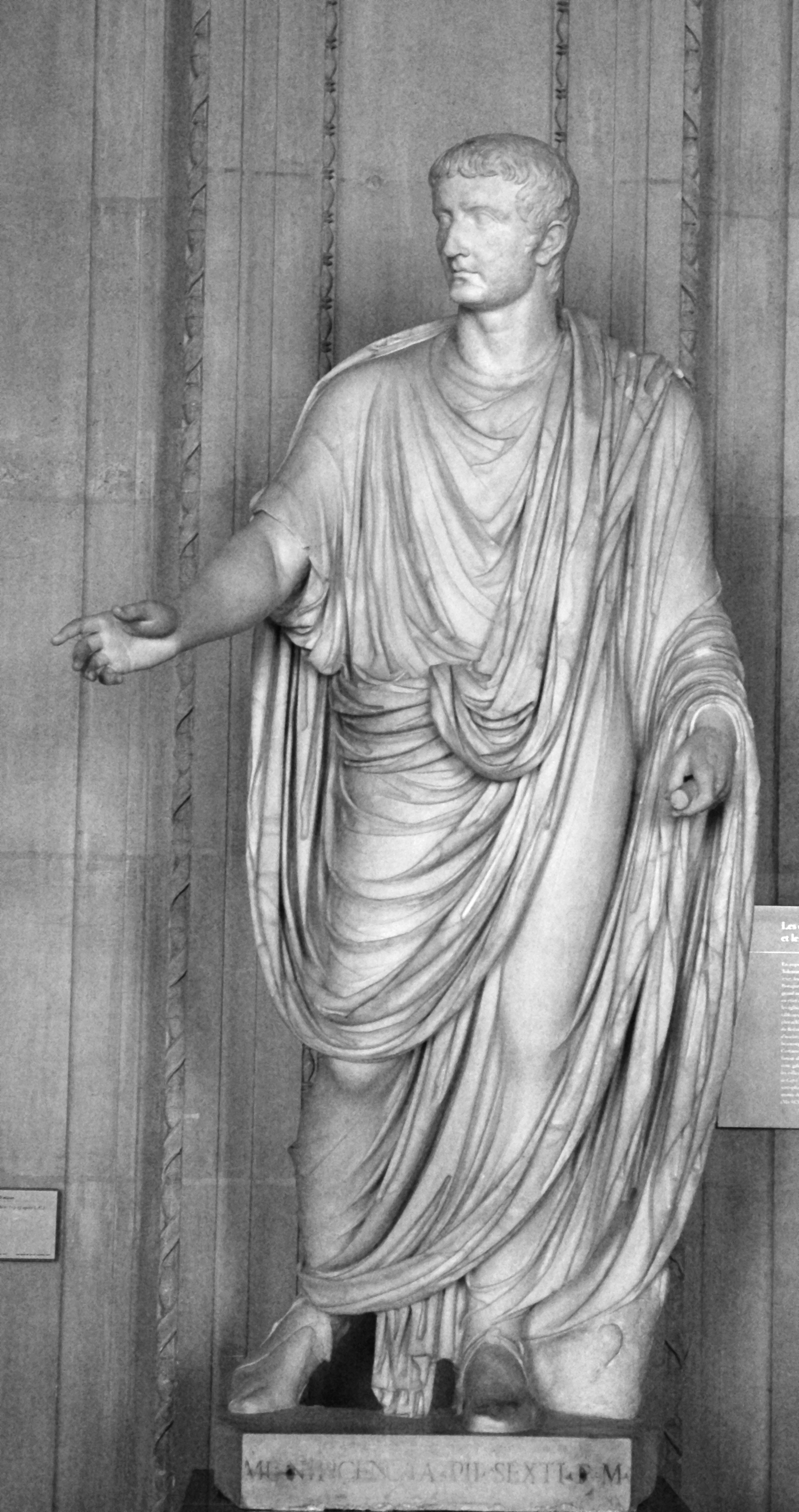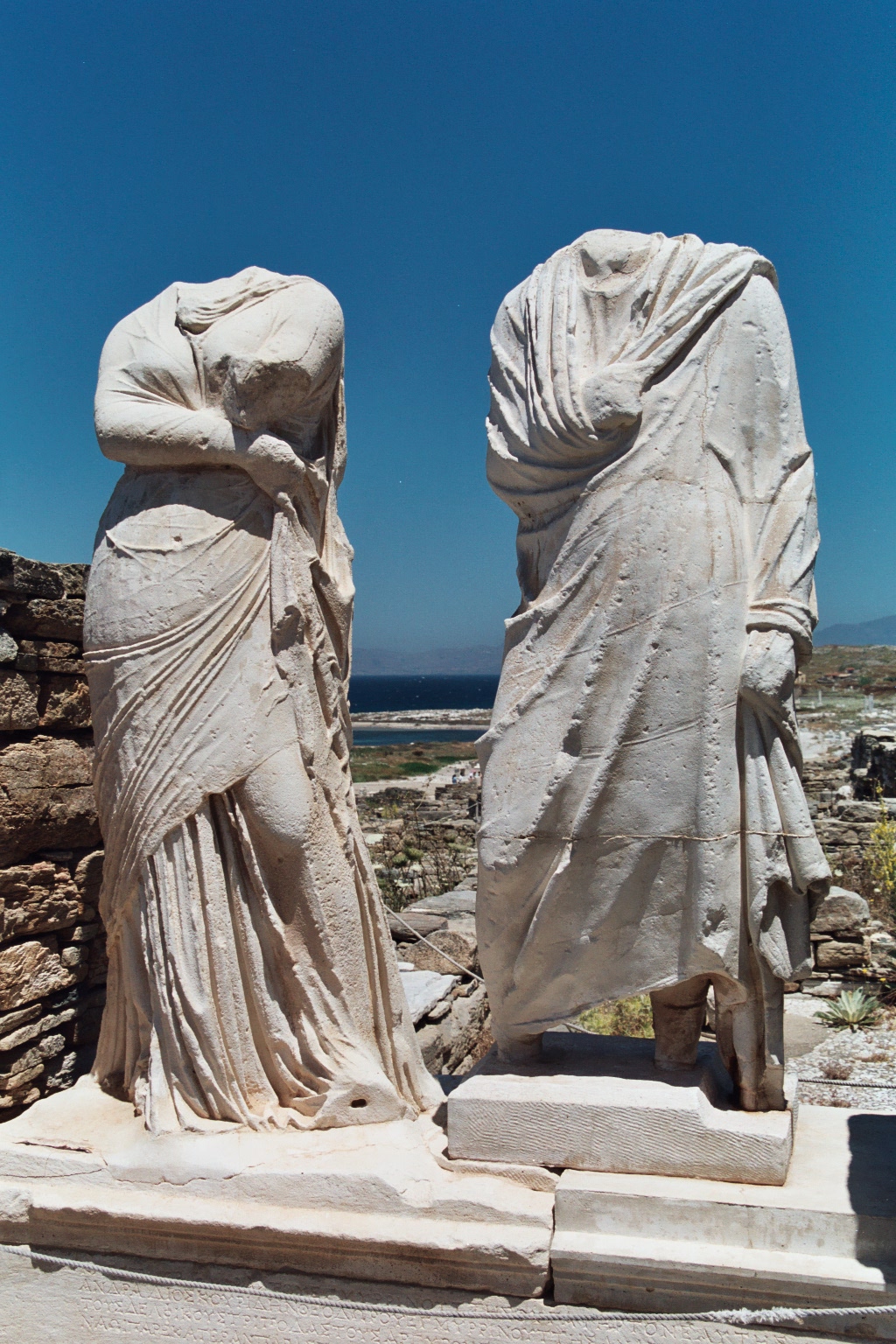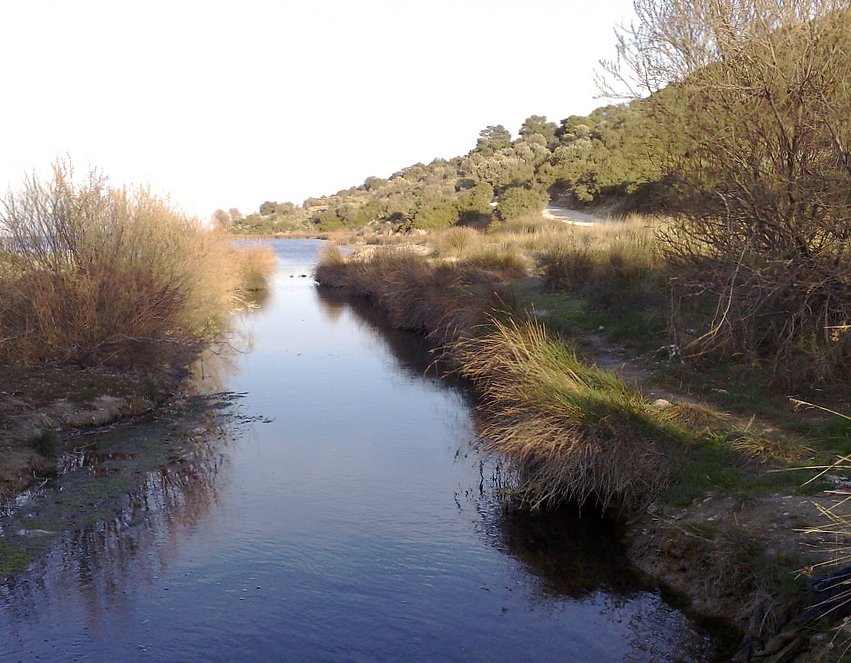|
Enkyklon
Enkyklon was a kind of himation. Enkyklon was most likely used as a wraparound outer garment, a mantle or 'encircling'. It was worn by ancient Greek women from the archaic through the Hellenistic periods. The garment has been recorded at the ancient Greek sanctuary of Artemis, Brauron. Contemporary wraps such as Ampechonon, Epiblēma are also included in the inventories at Delos (Leto, Hera), Brauron, Tanagra and Samos (Hera). See also * Chiton (garment) *Toga The toga (, ), a distinctive garment of Ancient Rome, was a roughly semicircular cloth, between in length, draped over the shoulders and around the body. It was usually woven from white wool, and was worn over a tunic. In Roman historical tra ... References {{Historical clothing, state=expanded Greek clothing ... [...More Info...] [...Related Items...] OR: [Wikipedia] [Google] [Baidu] |
Toga
The toga (, ), a distinctive garment of Ancient Rome, was a roughly semicircular cloth, between in length, draped over the shoulders and around the body. It was usually woven from white wool, and was worn over a tunic. In Roman historical tradition, it is said to have been the favored dress of Romulus, Rome's founder; it was also thought to have originally been worn by both sexes, and by the citizen-military. As Roman women gradually adopted the stola, the toga was recognized as formal wear for male Roman citizens. Women found guilty of adultery and women engaged in prostitution might have provided the main exceptions to this rule.. The type of toga worn reflected a citizen's rank in the civil hierarchy. Various laws and customs restricted its use to citizens, who were required to wear it for public festivals and civic duties. From its probable beginnings as a simple, practical work-garment, the toga became more voluminous, complex, and costly, increasingly unsuited to a ... [...More Info...] [...Related Items...] OR: [Wikipedia] [Google] [Baidu] |
Himation
A himation ( , ) was a type of clothing, a mantle (clothing), mantle or Wrap (clothing), wrap worn by ancient Greek men and women from the Archaic Greece, Archaic period through the Hellenistic period ( BC). It was usually worn over a Chiton (garment), chiton and/or peplos, but was made of heavier drape and played the role of a cloak or shawl. When the himation was used alone, without a chiton, it served both as a chiton and as a cloak. The himation was markedly less voluminous than the Roman toga. Many vase paintings depict women wearing a himation as a veil covering their faces. The himation continued into the Byzantine dress, Byzantine era as "iconographic dress" used in art and by the lower classes, worn by Christ, the Mary, mother of Jesus, Virgin Mary, and biblical figures. Origins While there are no physical remains of himation that have been recovered, it is known that himation was worn by Ancient Greece, ancient Greeks as early as the 6th century BCE. Through differe ... [...More Info...] [...Related Items...] OR: [Wikipedia] [Google] [Baidu] |
Ancient Greek
Ancient Greek (, ; ) includes the forms of the Greek language used in ancient Greece and the classical antiquity, ancient world from around 1500 BC to 300 BC. It is often roughly divided into the following periods: Mycenaean Greek (), Greek Dark Ages, Dark Ages (), the Archaic Greece, Archaic or Homeric Greek, Homeric period (), and the Classical Greece, Classical period (). Ancient Greek was the language of Homer and of fifth-century Athens, fifth-century Athenian historians, playwrights, and Ancient Greek philosophy, philosophers. It has contributed many words to English vocabulary and has been a standard subject of study in educational institutions of the Western world since the Renaissance. This article primarily contains information about the Homeric Greek, Epic and Classical periods of the language, which are the best-attested periods and considered most typical of Ancient Greek. From the Hellenistic period (), Ancient Greek was followed by Koine Greek, which is regar ... [...More Info...] [...Related Items...] OR: [Wikipedia] [Google] [Baidu] |
Hellenistic Period
In classical antiquity, the Hellenistic period covers the time in Greek history after Classical Greece, between the death of Alexander the Great in 323 BC and the death of Cleopatra VII in 30 BC, which was followed by the ascendancy of the Roman Empire, as signified by the Battle of Actium in 31 BC and the Roman conquest of Ptolemaic Egypt the following year, which eliminated the last major Hellenistic kingdom. Its name stems from the Ancient Greek word ''Hellas'' (, ''Hellás''), which was gradually recognized as the name for Greece, from which the modern historiographical term ''Hellenistic'' was derived. The term "Hellenistic" is to be distinguished from "Hellenic" in that the latter refers to Greece itself, while the former encompasses all the ancient territories of the period that had come under significant Greek influence, particularly the Hellenized Middle East, after the conquests of Alexander the Great. After the Macedonian conquest of the Achaemenid Empire in ... [...More Info...] [...Related Items...] OR: [Wikipedia] [Google] [Baidu] |
Brauron
Brauron (; Ancient Greek: Βραυρών) was one of the twelve cities of ancient Attica, but never mentioned as a ''deme'', though it continued to exist down to the latest times. It was situated on or near the eastern coast of Attica, between Steiria and Halae Araphenides, near the river Erasinus. Brauron is celebrated on account of the worship of Artemis Brauronia, in whose honor a festival was celebrated in this place. This site includes the remains of a temple, a stoa (colonnaded walkway), and a theatre, providing insights into the religious practices and social life of ancient Greece. Its significance as a religious and cultural site can be further understood through the exploration of its archeological remains and historical accounts. History In the 420s BCE, there was a period of significant architectural activity at the site, including the addition of the Π-shaped stoa, the bridge, and reconstruction work on the temple. Since Artemis was connected in myth to both plag ... [...More Info...] [...Related Items...] OR: [Wikipedia] [Google] [Baidu] |
Chiton (garment)
A chiton (; ) is a form of tunic that fastens at the shoulder, worn by men and women of ancient Greece and Rome. There are two forms of chiton: the Doric and the later Ionic. According to Herodotus, popular legend was that Athenian women began to wear the chiton as opposed to the peplos after several women stabbed a messenger to death with the bronze pins characteristic of the peplos. Etymology The word ''chiton'' is derived from a Central Semitic language *''kittān'' (e.g. Hebrew ), ultimately from a word for 'flax'. Different forms and wearing styles A shorter version of the chiton was called the chitoniskos. Doric chiton The Doric chiton is a single rectangle of woolen or linen fabric. It can be worn plain or with an overfold called an ''apoptygma'' (ἀπόπτυγμα), which is more common to women. It can be draped and fastened at the shoulder by pins (Greek: peronai; Latin: fibulae) or sewing, or by buttons. Ionic chiton The Ionic chiton could also be m ... [...More Info...] [...Related Items...] OR: [Wikipedia] [Google] [Baidu] |




